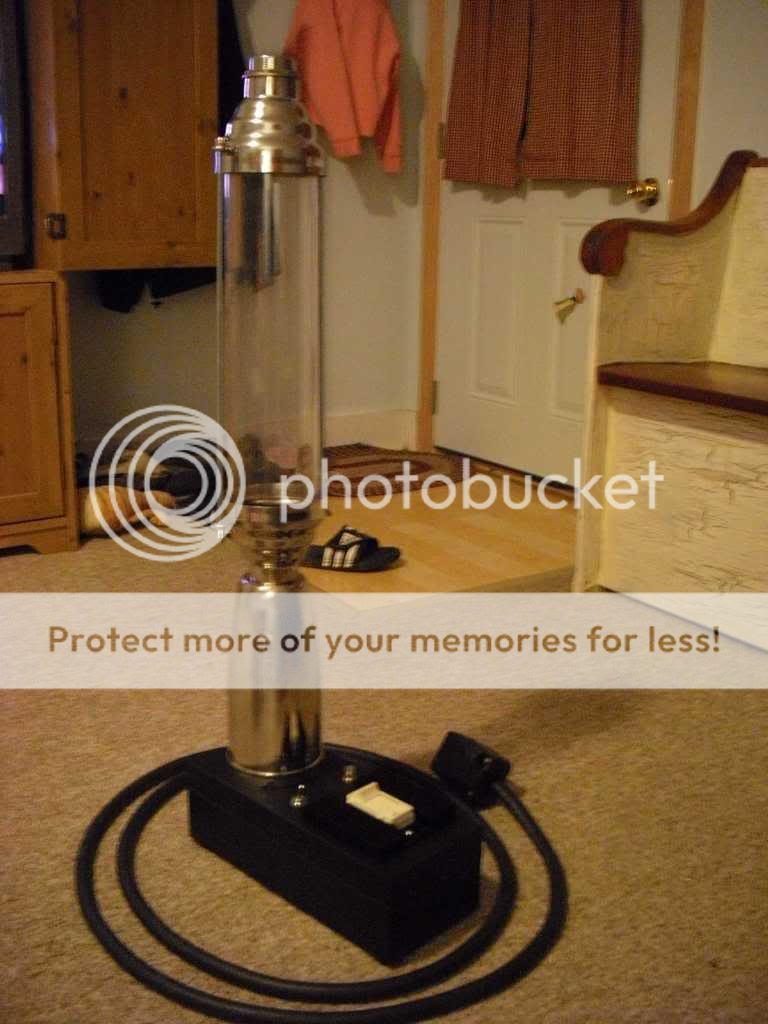A few weekends ago, TLML took me to her sister's baby shower in KC. After the obligatory helping get the party ready, by brother-in-law and I ran away as fast as possible and ended up at the Rosterie, a local coffee roaster/coffee house chain. Turned out it was fitting as I have been toying with the idea on roasting our own beans at home. According to them, air roasting provides a far superior end product due to the even consistency in the roasting. The local coffee shops that roast their own beans all do so in a conventional roaster and seems to say that works best for them. And now the quandary.
I have a flat top gas powered two burner Coleman camp stove that I was going to fire up and just keep agitating the beans with a whisk or other tool in either a cast iron skillet or dutch oven. I like this idea as it gives me ease to set up and tear down outside. The other option would be to find an old popcorn air popper and extension cord at a garage sale. I have seen a few around for a few dollars at most varying in size from 1150 watts to 1400 watts. One of the questions that I would have on this is whether everything would have to be timed as I would think the noise from the blower/heater would make it difficult to hear the beans crack.
Which method have you used and why is it your preferred? Anyone tried both? What size of Air Roaster are you using and what would be an average time to roast?
I have a flat top gas powered two burner Coleman camp stove that I was going to fire up and just keep agitating the beans with a whisk or other tool in either a cast iron skillet or dutch oven. I like this idea as it gives me ease to set up and tear down outside. The other option would be to find an old popcorn air popper and extension cord at a garage sale. I have seen a few around for a few dollars at most varying in size from 1150 watts to 1400 watts. One of the questions that I would have on this is whether everything would have to be timed as I would think the noise from the blower/heater would make it difficult to hear the beans crack.
Which method have you used and why is it your preferred? Anyone tried both? What size of Air Roaster are you using and what would be an average time to roast?
